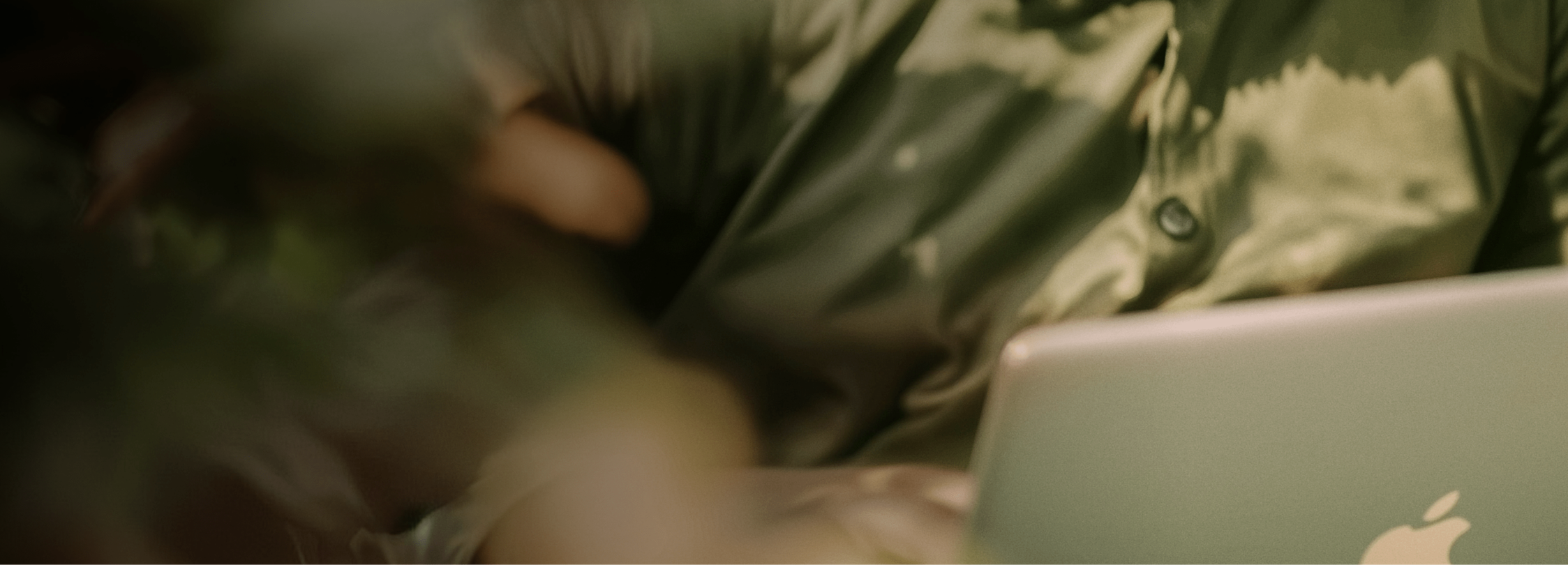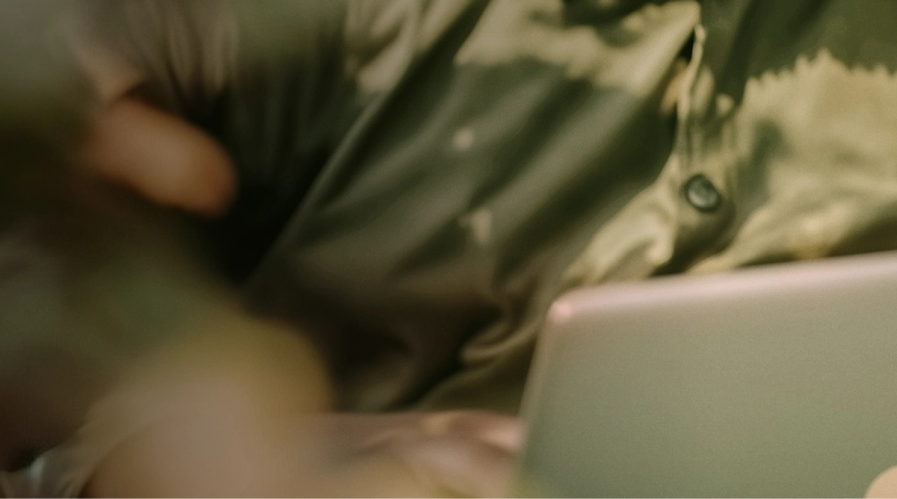
On April 23, 1985, Coca-Cola chairman and CEO Roberto Goizueta made what he called “the boldest single marketing move in the history of the packaged-goods business”—the introduction of New Coke and the exit of Coke Classic.
Share prices dropped immediately. Stock prices for arch-enemy Pepsi increased, prompting the competitor to celebrate by giving their entire workforce a day off and running ads declaring victory in the cola wars.
So many complaint calls rolled in, the company had to hire extra operators. Protests were staged. Some people even filed lawsuits.
Seventy-nine days later, New Coke was no longer.
Brand Goals: No One Wants To Be the “New Coke”
The infamous story of New Coke exemplifies what can go wrong when marketers undervalue or completely ignore what their customers think about their brand.
At the same time, in today’s hypercompetitive world, fortune favors the bold. So, how do you experiment with your brand without risking it all? Let’s explore a few perspectives.
Your Brand Isn’t What You Say It Is
In his iconic book, The Brand Gap, Marty Neumeier famously declared, “Your brand isn’t what you say it is. It’s what they say it is." They, in case you weren’t paying attention, are your audience.
Neumeier asserts that for customers, a brand is more than a logo or identity system; it’s a fundamentally emotional experience.
The strongest branding combines strategy and creative to forge a connection unlike any other.
What Can Marketers and Creatives Do?
“You need to be curious. You need to be empathetic and always serve the customer, considering what they want and need.”

In an informal Superside poll, 95% of marketers and creatives
said brand growth was in the middle or at the top of their list of needle-moving priorities.
Thought leaders Catherine Blair-Timothy, Group Creative Director at Lightspeed Commerce and Dmitry Shamis, Creative Leader and former Global Head of Creative and Brand at HubSpot, further underscore that marketing and creative leaders need to act as brand advocates and educators both within the company and when working with stakeholders like outsourced design partners to promote brand growth.
Start With a Brand Framework
What story does your brand tell? Your framework captures this essence at the highest level, giving every stakeholder an objective frame of reference.
Whether you’re using one of the classic 12 archetypes, NeedScope structure or a simple “we’re this, not that” approach, your brand framework shapes the fundamentals of your positioning and identity.
For example, Superside is an advocate for its customers, setting the standard for Creative-as-a-Service (CaaS) that frees marketers and creatives from the shackles of creative bottlenecks and fuels growth.
Create Consistency With Brand Guidelines
Brand guidelines are tactical tools. They document how to use the logo, brand colors, iconography, photography, design templates and other assets, ensuring consistency at every touchpoint.
While they’re not as exciting as planning a campaign, the guardrails within the brand guidelines eliminate guesswork and wheel reinvention, making it a million times easier to produce campaign assets.
How Brio scaled its brand with Superside
When healthcare provider Brio engaged Superside, they needed to act quickly to help promote their convenient testing services. However, without a cohesive brand or guidelines, it was challenging to act fast. Superside helped Brio roll out a new visual identity and branding system across all of their touchpoints—a task previous branding agencies had been unable to do.
How TransACT increased design capacity 70x
TransACT had also undergone rapid growth and needed branding systems that united the main brand and its 13 sub-brands. In the absence of any central reference for brand standards, the team couldn’t get to market quickly. Not only did Superside help TransACT refresh its primary logo and bring the sub-brands into alignment, the resulting efficiencies helped them work 70x faster.
TransACT's brand guidelines became a central source of truth for marketing and creative projects.
Know When to Experiment With Your Brand
"There are lots of really good reasons to experiment with your brand. But, one of the questions that comes up is thinking about where and when."

Humans are complicated. So is branding. While structure is a good thing, change happens and your brand needs room to adapt.
Whether your audience has changed, you’re targeting a new segment, exploring a new channel or any number of reasons, you have to respond.
Sometimes it’s a small adjustment. Other times, you may opt to refresh or completely rebrand. Either way, inaction is not an option.
Blair-Timothy and Shamis provided a matrix for evaluating your brand experimentation options. In their model, risk is a function of funnel stage and audience size. The larger the audience and further down the funnel you are, the greater the risk.
The Scariest Parts of Brand Experimentation
The emotional creatures that we are, many of us have our reservations about taking risks in the first place.
In fact, 52.2% of marketers and creatives said their biggest fear about experimenting with their brand was a loss of brand recognition.
Many also don’t know where to start, with 39.5% citing a lack of market insights as the greatest barrier preventing them from testing anything new.
Taking Calculated Risks
You don’t have to make blind guesses and you can look before you leap into any brand experimentation. It can be as simple as asking your audience what they think. Shamis noted, “You won’t have a more engaged audience than the one that's actually paying you money.”
You also don’t have to be exhaustive, asking hundreds or thousands of customers their thoughts. Just take a small sample and look for trends.
At the Superside Momentum Summit, Max Bidna (aka Marketing Max) also identified some simple methods for gathering customer feedback. He suggested sending short customer surveys twice a year and making regular efforts to gather testimonials.
Skimming review sites can help you test the water. If you have an online community, it’s a natural platform for chatting with highly engaged customers. Your sales and support teams are a wealth of information as are your campaign results. Even a simple A/B test can be quite telling.
You Can Do This!
Branding isn’t about you. But, then again, it is—you help shape the interactions your customers have with your brand. Oh marketing, we love how counterintuitive you really are.
You can take risks and test ideas. You may not need to make the boldest single marketing move in the history of your industry—but then again, maybe you could. Just take the time to consider what your audience thinks and feels.
Plus, you don’t have to go it alone. Superside can help with any range of branding projects large or small, strategic or iterative or anywhere in between. With experts like Anneke King by your side, you can tackle anything from creating or updating brand guidelines to producing a wide range of dynamic, on-brand creative assets.
















